Politicon.co
India’s motives in the military support of Bangladeshi secessionism
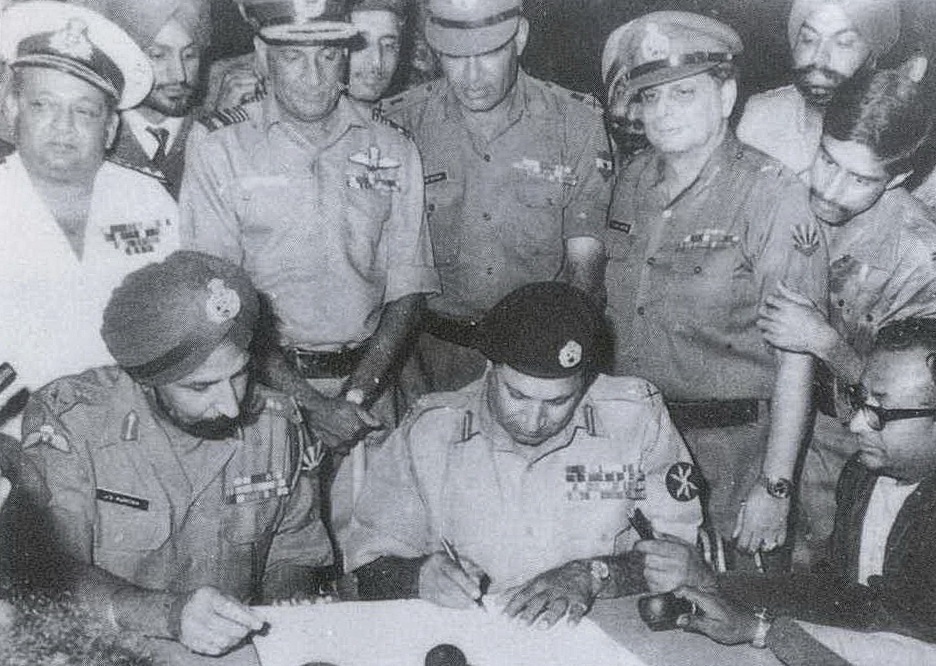
Signing of Pakistani Instrument of Surrender in Dhaka on December 16, 1971
On December 16, 1971, Pakistan finally decided to withdraw its forces from its former territories in Eastern Bengalia after the 9 months of a severe war that followed the declaration of independence of Bangladesh. A great contribution to the victory of the liberation movement was made by India, the regional superpower. But what considerations did Indian government take into account when it decided to use force against Pakistan and support Bengali secessionism? I consider that no single and straightforward explanation might be satisfactory; in order to get the full picture, we should refer to the interplay of reasons and circumstances. Correspondingly, I’m going to implement different theories of International Relations rather than to get stuck in one of them. At the same time, I want to emphasize one “central” theory as the core framework and others as additional ones, in the context of this investigation.
For the purpose of this research, liberalism serves as this central theory. I chose it as the main assumptions of liberalism were justified in the case of Bangladesh. First, I should mention that India at the time was, and remains now, the biggest democracy in the world. The liberal nature of its policies has been preserved unchanged since its independence. As Indira Gandhi pointed out, “India doesn’t believe in the concepts of power politics and balance of power”. (G.Choudhury. Bangladesh: Why it happened) In fact, before India unleashed military invasion in East Pakistan, Pakistan started the so-called “demographic aggression” against its constant enemy (A bizarre hotchpotch). About 10 million Bengalis, both Moslems and Christians, were made to run away to India. It aggravated social and economic situation in India’s borderline regions; there was evidence that if the liberation movement would be oppressed, the flow of refugees would have been even more intensive. That’s why the military intervention could be defined as defensive rather than offensive. Secondly, Indian government supported democratic forces in Bangladesh in their struggle against Pakistan and aiming at freedom and fair representation of Bangladeshi people. It is noteworthy that the vast majority of Bangladesh’s population is Moslems. This fact invalidated the attempts of the Pakistani central government to show “anti-Moslem” India’s policies as the main reason of the upheaval. “The theory of two nations” that had earlier served as the ideological foundation of Pakistan’s existence, was revealed to be incompatible with reality (M.S.Rajan); actually it was a veil used to cover fallacies of the undemocratic and unfair regime. One group of Moslems rose, arms in their hands, against the other that was alienating them from their rights. G.W.Choudhury argued in his article written for Chatham House: “The economic development of East Pakistan was sadly neglected and something ought to be done about it… But political power was exercised by a narrow oligarchy that looked at the whole situation entirely from the colonial angle of maintaining 'law and order'”. During the 1960s, the income gap between two Pakistans doubled (G.W.Choudhury). Accompanied by misrepresentation of East Bengalis (who, by the way, constituted the majority of population of the country) in the organs of power, this underdevelopment created an explosive situation. Thus, the liberation movement led by Sheikh MujiburRahman was democratic and legitimate in its essence; the very programs and ideals of his Avami League and Indian National Congress are quite similar to each other, both parties positioning itself as national parties confessing mild nationalism, civil solidarity and social-oriented policies. Taking into account that Bengal leaders referred to the 1971 war as a “genocide”, India’s position becomes clearer. Sheikh Mujibur Rahman described it as "the biggest human disaster in the world”, informing about 3 million killed people and 300,000 cases of rape. (K.P.Misra, Trilateralism in South Asia)
There are other facts identifying the liberal nature of Indian policy. First, it is significant how ready Indian government was to proceed to negotiations and conclude peace. On December 16, 1971 when the threat to Bangladesh had mainly disappeared, it announced a unilateral ceasefire in the Western theater of war. This step, made in the situation of strategic advantage over the enemy, proved that India didn’t have any intentions to make territorial changes and was ready to re-establish status-quo on the border with Pakistan: it emphasized the absence of opportunist line in India’s policy. It even withdrew its initial demand to resolve the Kashmir problem once and for all, agreeing to the liberation of Bangladesh as a sufficient precondition to peace process. So, India rejected the military means of resolving the issue of a foremost national interest when the situation to do it was the most favorable for a long period of time. It should be noted that at the end of 1971, Z.A.Bhutto came to power, thus putting to an end the military rule that had lasted for 15 years; after he became President, the peaceful process with India and Bangladesh was thoroughly facilitated, also contributing to the democratic peace theory- one of the cornerstones of liberal school. (Democratic peace argues that democracies seldom go to war with each other, and are more prone to help).
The position of India towards the superpowers during the Bangladesh war was also symptomatic. In August 1971, at the zenith of the conflict, it signed the Treaty of Peace, Friendship and Cooperation with the USSR. However, this treaty, reinforcing friendly relations between the countries, did not create a military alliance between the two nations; it did not even provide for military assistance by one to the other, nor for military bases or the location of armed forces in the other's territory (M.S.Rajan, Bangladesh and after). Henry Kissinger, the State Secretary of the U.S. at the time, mentioned that Indira Gandhi was cold-blooded enough not to let India to turn into a Soviet satellite. Neither was India, despite arms import from the U.S., prone to go under American influence. If we take into consideration that Pakistan’s policy in Bangladesh, in its turn, was acquiesced by the USA, as the former was the member of CENTO and American ally, we understand that there was a great incentive for India to align one of the two great powers- and realism’s proposal would be the same; however, it didn’t happen.The identity of India as a leader of the Non-alignment movement and democratic bastion in the region was not challenged during the war. So we can imply that victory by any means was incompatible with the liberal basis of Indian state. The results of the recent Indo-Pakistani conflict have also demonstrated, for the first time in the post-war years, that military pacts and alliances do not necessarily and automatically guarantee the territorial integrity of a member state (Pakistan in this case) if its bases are not rooted in the strength and the aspirations of its own people. Therefore, this investigation led to the idea of legitimacy as one of the reasons that influence the success a foreign policy of a particular State.
But in addition to liberal values, there is a set ofreasons that may explain the behavior of India in 1971 as well:it is bureaucratic policy theory. As G.Allison describes it, it “doesn’t talk about a single unitary actor but rather about a set of actors, who focus not only on a strategic issue but on a set of intra-national as well as foreign issues” (G.Allison. Conceptual models and the Cuban missile crisis). When Indira Gandhi succeeded her father J. Nehru as Indian Prime Minister in 1964, her positions were rather weak, especially in foreign sphere after unsuccessful conflict with China unleashed by Nehru. It put under question the entire Nehruvian political strategy. After Nehru's death, opposition to his policies and pressure for renegotiation of policy naturally intensified. (S.Kaviraj, Indira Gandhi and Indian policies)
Thus, Gandhi’s position was not very comfortable in the first years in power and it made her bargain and take popular decisions. Moreover, Indian political system was characterized by the rule of a dominant party which was trying to reflect the interests of as large part of Indian people as possible. This system itself imposed a coalitional logic on the groups inside the Congress as much as on the opposition. The INC was composed of representatives of very different, even polar groups- from radical conservatives to mild radicals. Whenever this is the case, the decisions taken pass through many filters. So Indira Gandhi might have wished to enforce her standings by taking popular, largely supported decisions, such as the military aid to rising Bangladesh, which was perceived as a had hit on the prestige of Pakistan and a way to restore Indian prestige after the years of rollbacks. In fact, Mrs. Gandhi’s popularity increased greatly after the victory, although purely political consequences were not so profitable for India and the issue of Kashmir remained unresolved. S.Kaviraj claimed: “Politicians do need crises. Bur crises are of two types: first, which break off on their own, and second, that can be regulated. Indira Gandhi managed to switch from the first kind to the other”. The war that made the state concentrate all its forces may have well been used by the Prime Minister to grab the strategic advantage within the bureaucratic mechanism of power.
Overall, in this paper I pointed out to two ways of explaining why India provided support to Bangladesh liberation movement going to war with Pakistan. But I do not think that these two theories should necessarily contradict one another. IR Liberalism and bureaucratic theory operate on different levels of analysis: the first is a rational-choice theory; the second is psychological and behavioral. The same person can operate on the both, depending on different circumstances in each case. So, I think that liberal explanations are well enough to explain the matter, and bureaucratic interests enforced and hastened those in power to take the ultimate decision. To conclude, I want to make a citation from the article written by Bangladeshi author Z. Choudhury: “The relationship between India and Bangladesh spans nearly four decades. This relationship is rooted not only in the help and succor that Bangladesh received in its war of liberation, but also in the heritage and history that the two countries share”.
About the author:
Murad Muradov is an independent researcher who has recently graduated from an MSc in Comparative Politics course at the London School of Economics. He also holds an MA degree in International Affairs from the ADA University (Azerbaijan). Muradov's spheres of interest includes the Politics of Europe, post-Soviet countries and the Middle East, as well as international political economy.
![]()
- TAGS :
- Pakistan
- Bangladesh
- İndia
- TOPICS :
- Conflict and peace
- History
- Theory
- REGIONS :
- South Asia

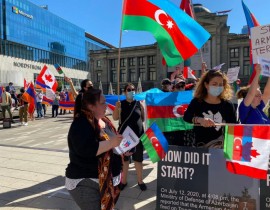
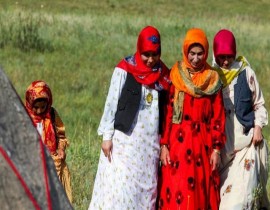
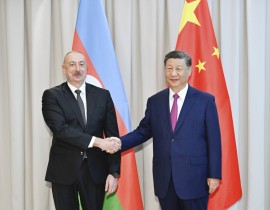
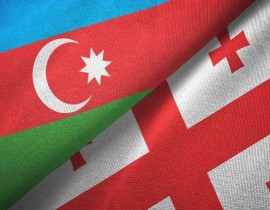
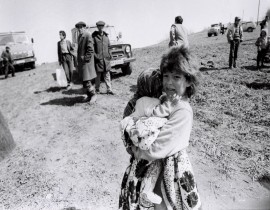
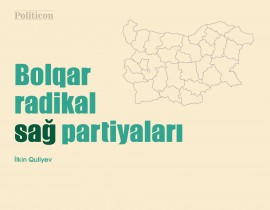
jpg-1599133320.jpg)
